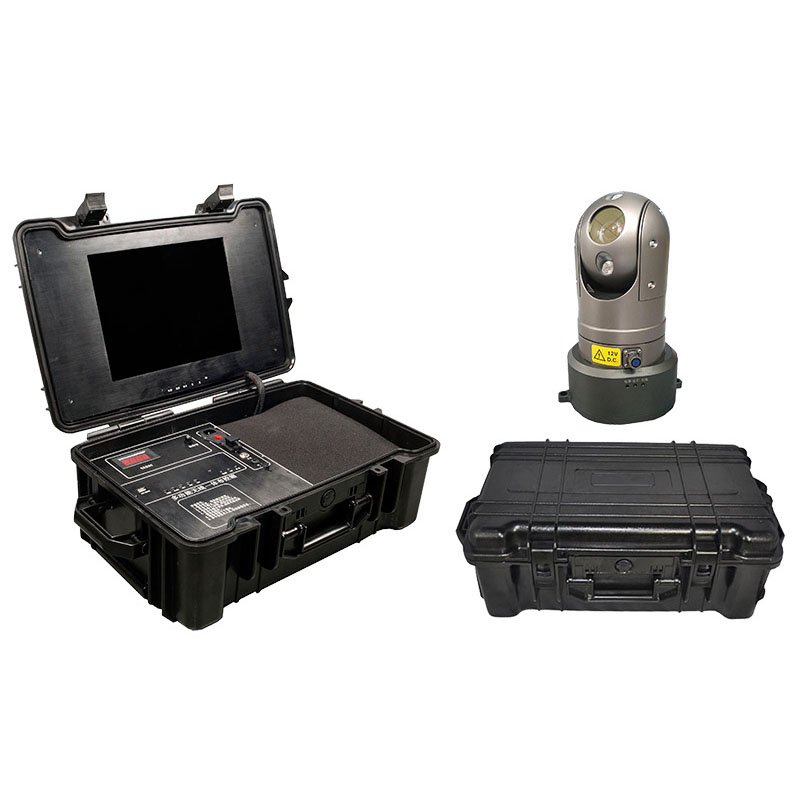What are the Applications of Ad Hoc Wireless Network?
In the ever-evolving landscape of wireless communication, ad hoc wireless networks have emerged as a critical technology for enabling flexible, scalable, and infrastructure-free connectivity. Unlike traditional wireless networks that rely on centralized infrastructure such as base stations or routers, ad hoc networks are self-organizing systems where each device acts as both a transmitter and receiver. This decentralized approach allows devices to communicate directly with each other, forming a dynamic network on the fly.
The flexibility of ad hoc wireless networks makes them suitable for a wide range of real-world applications across industries, defense, public safety, and consumer use. Below, we will explore the major applications of ad hoc wireless networks and their impact on modern communication systems.
1. Military and Defense Applications
One of the earliest and most significant applications of ad hoc wireless networks is in the military sector. On the battlefield, where infrastructure-based networks are often unavailable or impractical, ad hoc networks enable soldiers, vehicles, drones, and command centers to maintain seamless communication.
For example, troops can quickly deploy mobile ad hoc networks (MANETs) to share real-time situational awareness data, coordinate movements, and transmit secure voice and video communications. UAVs and ground vehicles can also integrate into the same network, creating a network-centric warfare system that enhances efficiency and reduces risks.
2. Disaster Recovery and Emergency Response
In the aftermath of natural disasters such as earthquakes, hurricanes, or floods, traditional communication infrastructure is often damaged or completely destroyed. Ad hoc networks provide a rapidly deployable solution for emergency responders to establish communication lines without relying on cellular towers or wired networks.
Firefighters, rescue teams, and medical personnel can use wireless mesh networks to share maps, video feeds, and sensor data in real time. This improves coordination, speeds up rescue operations, and enhances the safety of first responders working in dangerous conditions.
3. Vehicular Ad Hoc Networks (VANETs)
Ad hoc wireless networks play a central role in the development of intelligent transportation systems (ITS). VANETs enable vehicles to communicate directly with each other (vehicle-to-vehicle, V2V) and with roadside infrastructure (vehicle-to-infrastructure, V2I).
Applications include:
Traffic safety: Warning drivers of accidents, sudden braking, or hazardous conditions ahead.
Navigation and traffic management: Sharing traffic flow data to reduce congestion and optimize routes.
Autonomous driving: Enabling self-driving cars to coordinate movements with surrounding vehicles for safer driving.
This application has the potential to transform road safety and mobility, reducing traffic accidents and enabling smarter transportation systems.
4. Internet of Things (IoT) Applications
Ad hoc networks are highly relevant in IoT ecosystems, where countless devices must connect and communicate autonomously. Smart home appliances, wearable devices, and industrial IoT sensors can form wireless sensor networks (WSNs) that operate without centralized control.
For instance:
In agriculture, IoT sensors deployed across farmlands can form ad hoc networks to monitor soil conditions, weather, and crop health.
In healthcare, wearable medical devices can create temporary networks for monitoring patients in real-time.
In industrial settings, machinery sensors can communicate through ad hoc connectivity to detect faults, optimize performance, and improve safety.
5. Temporary Event Networks
Large events such as concerts, festivals, exhibitions, or sports tournaments often require temporary communication infrastructure. Deploying an ad hoc network allows organizers, security teams, and media broadcasters to establish reliable connectivity quickly.
Spectators can also benefit from ad hoc-enabled services, such as localized content delivery, real-time updates, or interactive experiences, without overloading the existing cellular networks.
6. Remote and Rural Communication
In many rural or remote areas, building traditional communication infrastructure is costly and impractical. Ad hoc wireless networks can provide an affordable and efficient solution to bridge the digital divide.
By setting up wireless mesh networks, communities can connect households, schools, and healthcare facilities to the internet, improving access to education, medical care, and economic opportunities.
7. Collaborative and Peer-to-Peer Applications
Ad hoc networks enable direct peer-to-peer communication, which is useful in scenarios like file sharing, gaming, and collaborative work. Devices can form small-scale networks without relying on internet connectivity, which is especially useful in classrooms, offices, or locations with poor network coverage.
Conclusion
The applications of ad hoc wireless networks span across critical domains such as military, disaster recovery, intelligent transportation, IoT, and rural communication. Their ability to function without fixed infrastructure makes them a powerful solution for both emergency and everyday use cases. As technology continues to evolve, ad hoc networks will play an even greater role in enabling seamless, resilient, and decentralized communication systems.
At TuQian, we specialize in advanced ad hoc wireless network solutions designed for real-world applications, from emergency response systems to intelligent transportation and IoT ecosystems. Our high-performance networking products ensure reliable, secure, and scalable connectivity, empowering businesses and organizations to stay connected even in the most challenging environments.
-
 2025-10-30
2025-10-30 -
IP Mesh Radios: The Future of Tactical Wireless Networking
2025-10-27 -

What Is Wireless Data Transmission and How Does It Work?
2025-09-26 -

What Are Point to Point Wireless Bridges Often Used For?
2025-09-05 -

MESH Networking Module Selection Guide: From Dismounted Soldiers to UAV Applications
2025-08-28 -

What Is a Point to Point Wireless Bridge Connection?
2025-08-07 -

What Is the Difference Between a Wireless Network and an Ad Hoc Network?
2025-07-16









